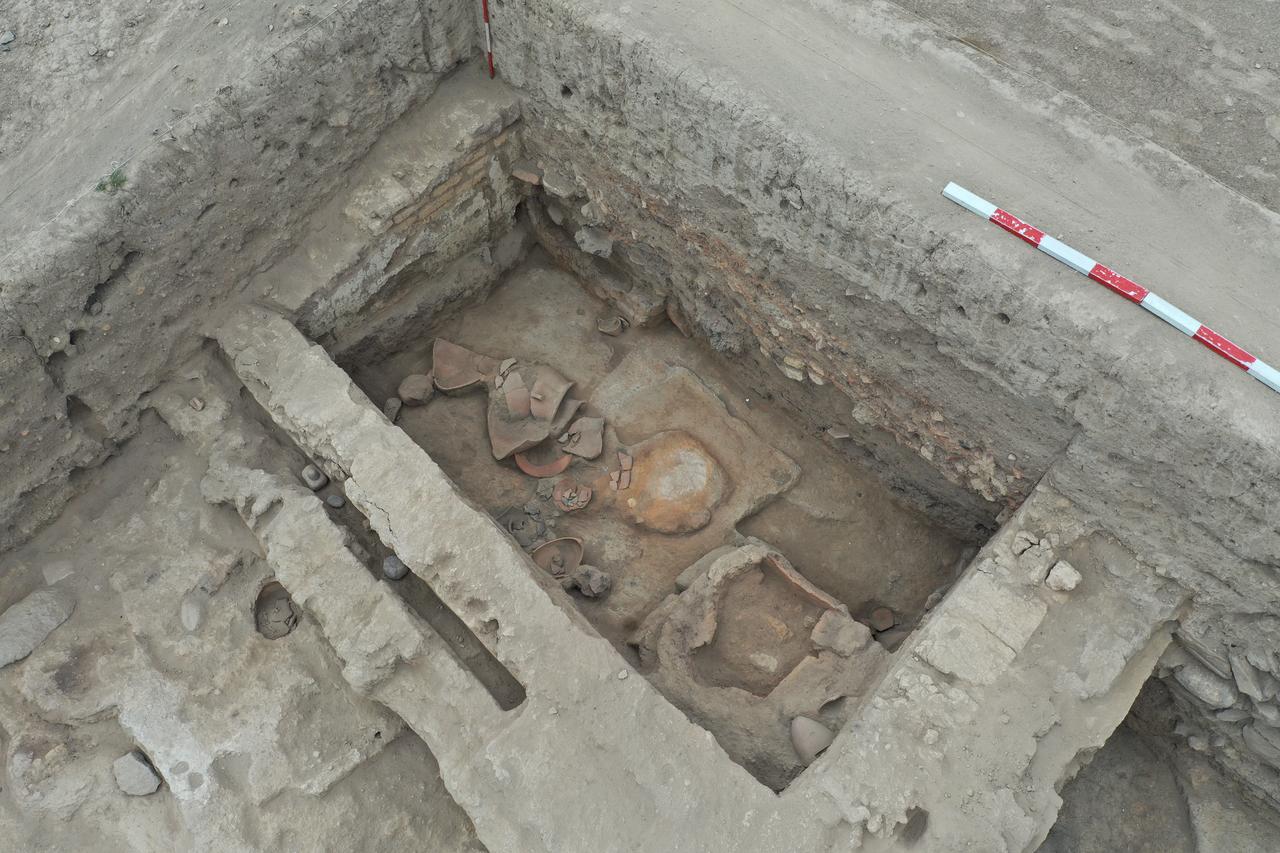
Archaeologists working at Uc Hoyuk (Mound) in Afyonkarahisar, western Türkiye, reported three mudbrick-built kilns and two hearths that appear to have powered a concentrated production zone dating to around 1,600 B.C.
The discovery comes from ongoing excavations that set out to locate the long-discussed but still unlocated city of Purushanda, a name that philologists say appears in written records linked to the Akkadian Empire.
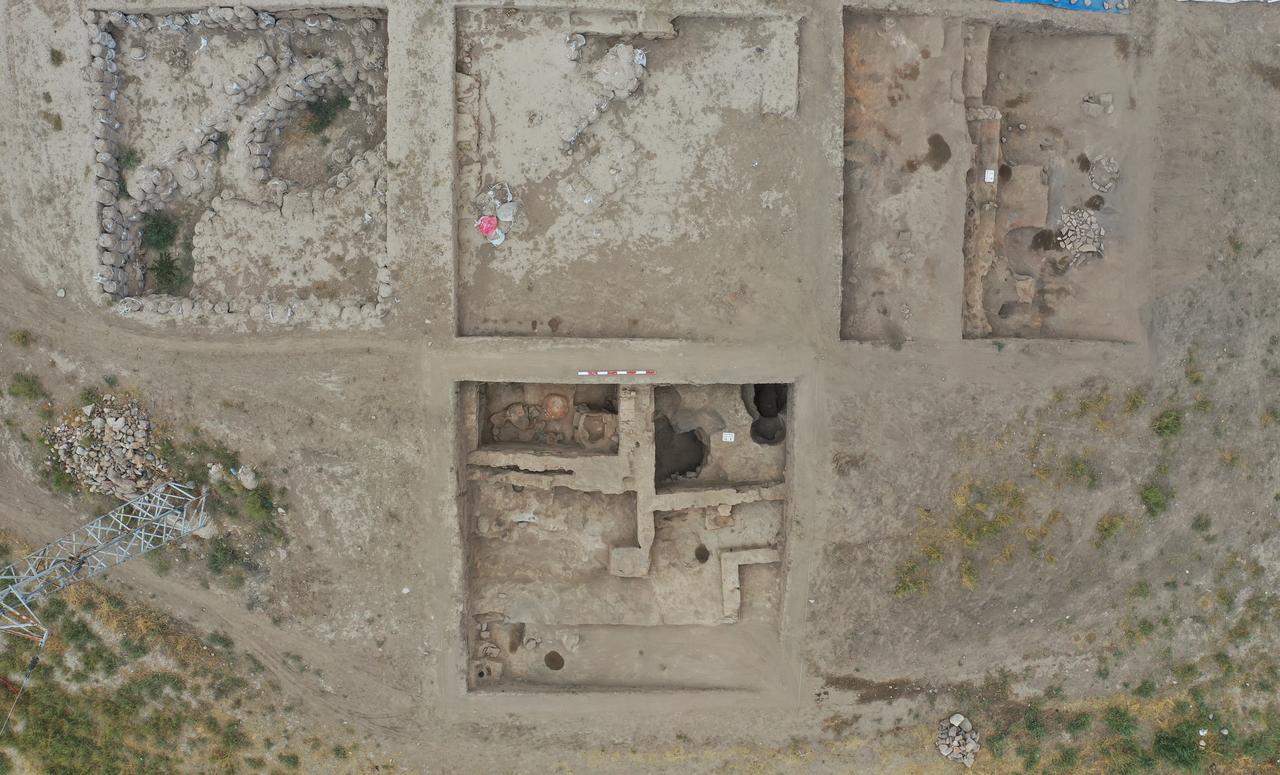
Professor Ozdemir Kocak, who leads the dig under the Afyonkarahisar Museum Directorate’s coordination, said the team widened operations this year on the area they call North Mound.
He noted that they came across rooms with walls standing roughly 1.5–2 meters high, largely built of mudbrick (sun-dried clay bricks) and plastered in places, and that these spaces likely served as workshops. Within them the team found three kilns (enclosed ovens used for firing pottery or processing food) and two hearths (open fire installations), which together suggest sustained, structured activity rather than ad-hoc use.
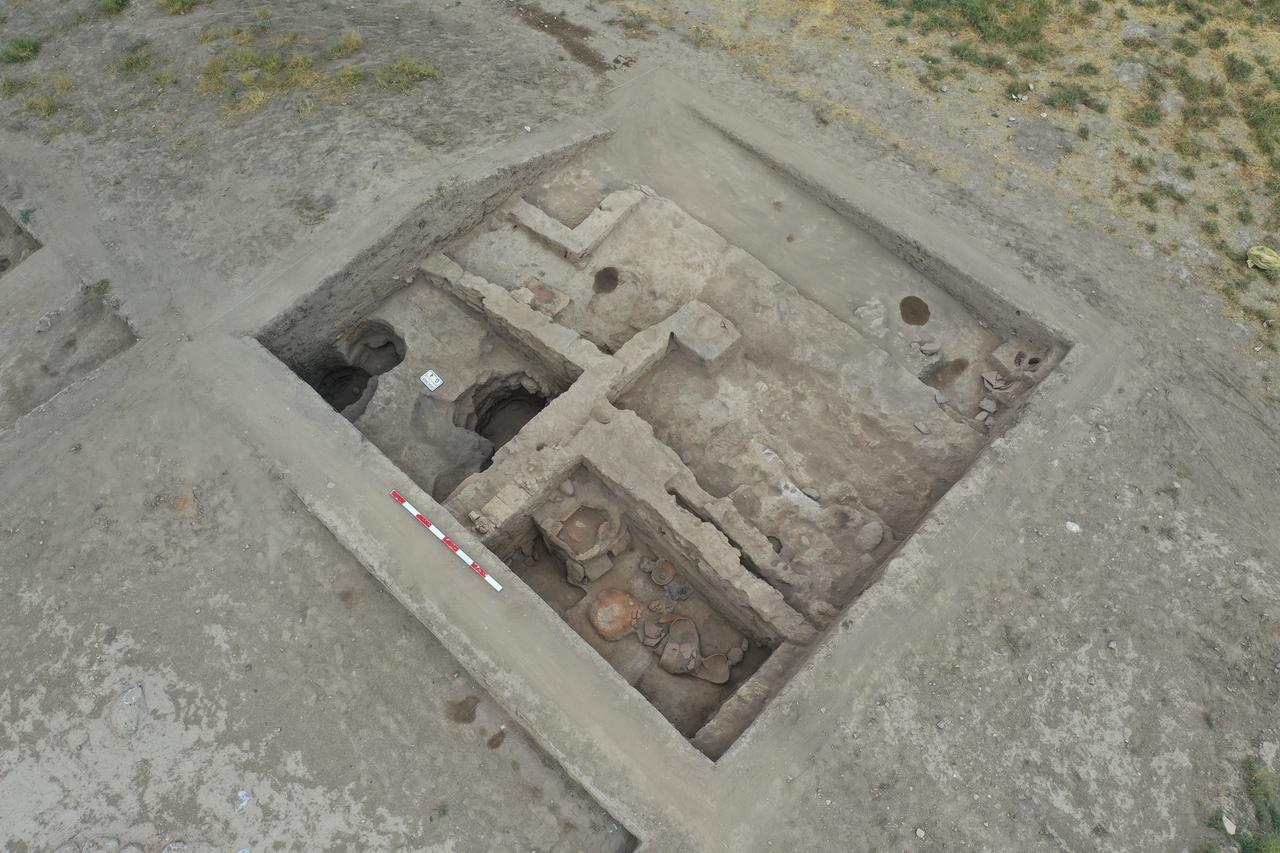
The wider excavation—formally recognized as a presidential excavation since 2024 and supported by Afyonkarahisar Governorship, Selcuk University, Bolvadin District Governorate and the municipality—has already turned up seal impressions, agirsak (spindle whorls, small weights used in textile spinning), copper and lead pins and earrings, stone knives, a metal casting mold, figurines, large storage jars and stretches of wall.
Kocak said these point to a site that produced goods and sent them out to surrounding areas, adding: “This is an incredible production center.” He also described Uc Hoyuk as “a kind of ‘cargo center’,” underlining that the scale of materials fits a hub that gathered and distributed output.
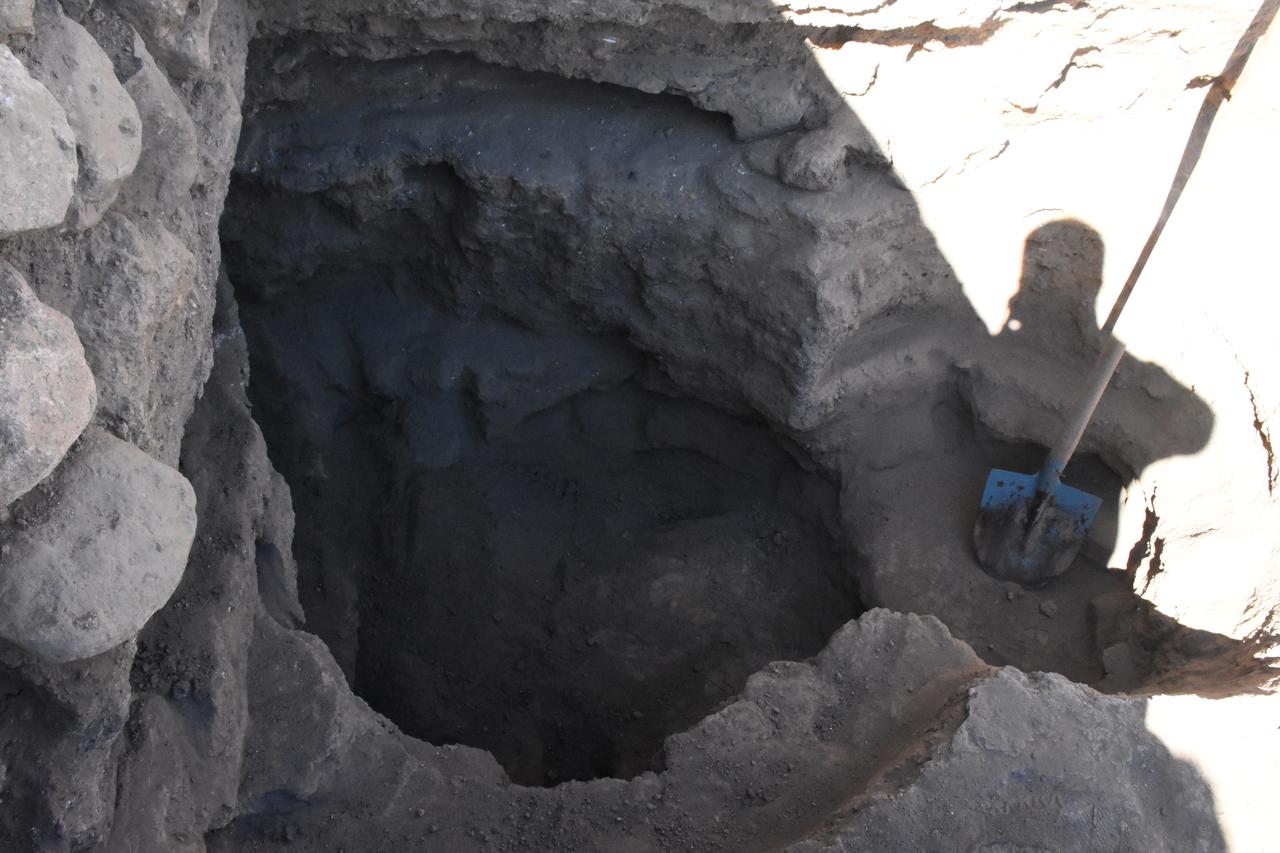
The project, which began at Uc Hoyuk in 2020 and now runs within the “Heritage for the Future” framework, includes Japanese scholars and students among its 23-person team, with fieldwork scheduled to continue through December.
Provincial Culture and Tourism Director Yusuf Altin said the growing body of finds strengthens the idea that the main center of the lost city could lie here, noting that researchers are still looking for a written tablet or text that would settle the question. According to the team, such a document would offer the concrete proof needed to tie the mound to Purushanda.
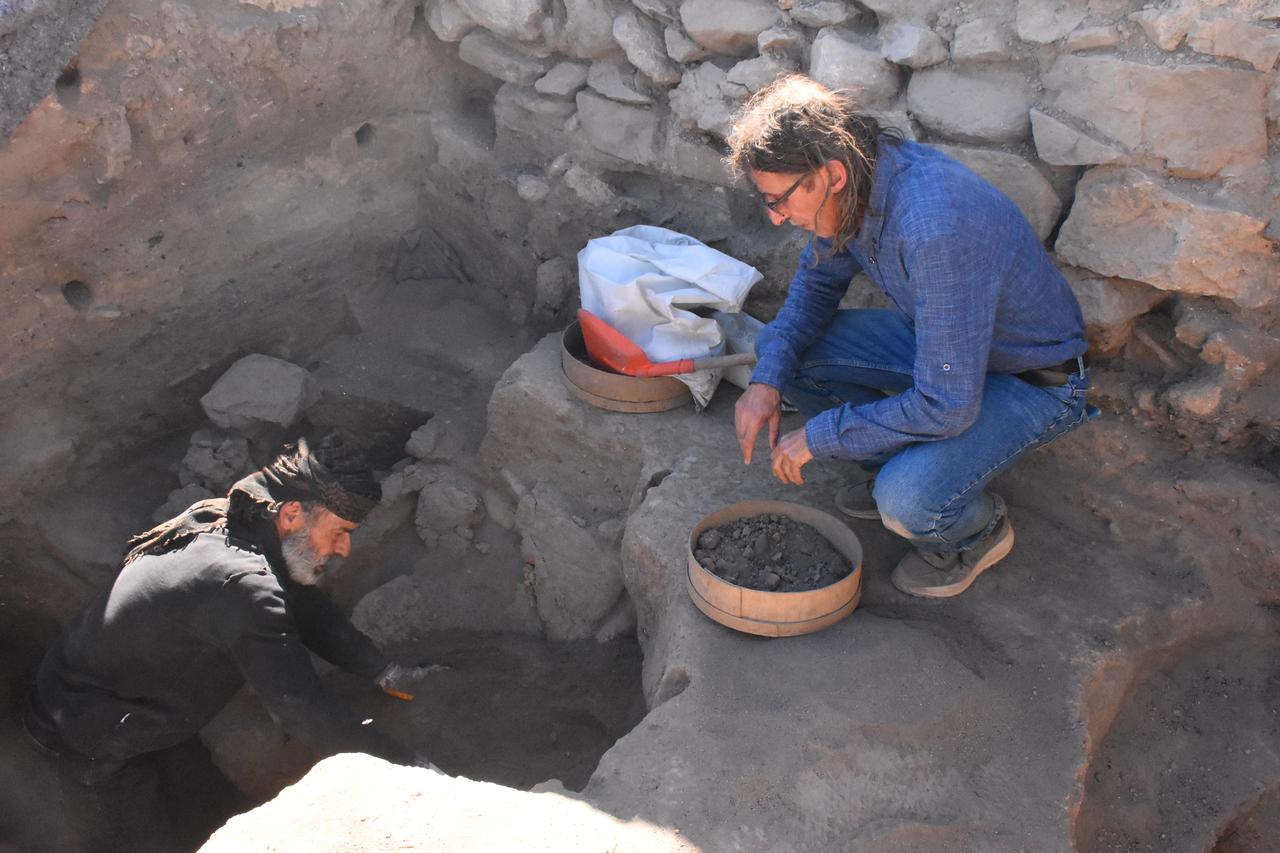
Kocak added that the mudbrick kilns and hearths are important architectural finds in their own right and that the team plans to restore and re-erect them so that visitors can see the installations in context in the coming years.
He explained that the workspaces likely served palace or administrative needs and that pottery and food production seem to have gone on side by side, which would fit a center that managed and supplied its surroundings.